Learning is easier in nature
We are big believers that when you spend time in nature, you connect with it. Then, learn to respect it and protect it. So are the German Ramblers Association.

Being outdoors, moving freely, orientating yourself with a map or compass, discovering the diversity of nature, overcoming boundaries, helping each other: a paradise for children and the optimum conditions for learning. But not only outdoor skills - we believe nature is the perfect environment for everyday school life. Because at Fjällräven we love nature and want as many people as possible to spend time outdoors. That’s why, as part of the Arctic Fox initiative, we support the training course from the German Hiking Association (Deutscher Wanderverband - DWV) “School Hiking, Education for Sustainable Development (ESD) and Learning Outdoors”, so that more children can benefit from this alternative form of learning.

In Scandinavia, the uteskole, or outdoor school, has been part of everyday life for years. Teachers regularly go outside with the children, visit nature and cultural places and thus alternate classic classroom teaching with interactive, investigative and playful learning. In Germany, this new form of learning is still in its infancy. But DWV and the committed people it has trained, such as Stefan Österle, Head of Training for School Hiking and ESD, are putting their heart and soul into the project and want to integrate it into everyday school life in the long term: “We want to help ensure that nature and outdoor experiences become an integral part of school lessons and to encourage teachers to go outside with their classes.”
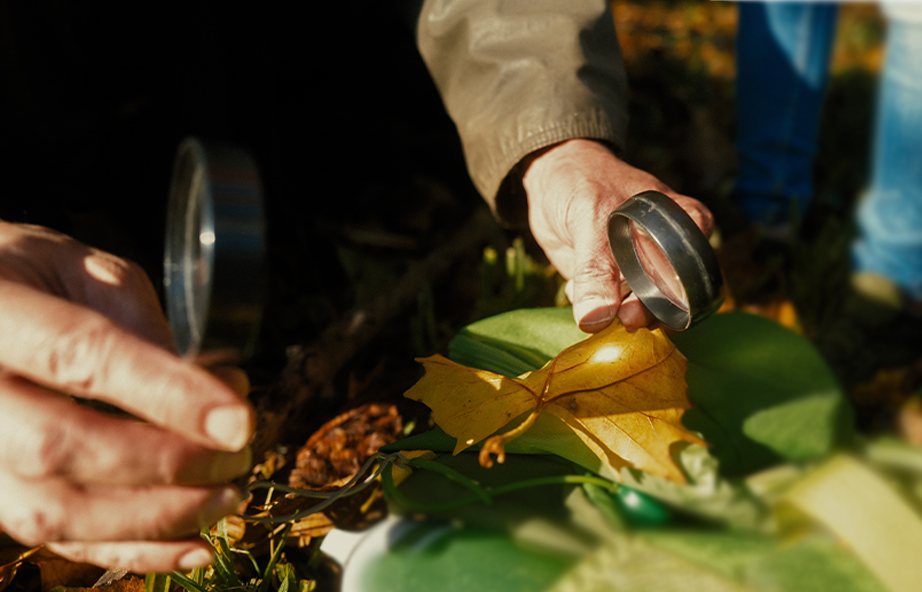
Alienation from nature
The project focuses on the fun of learning and contact with nature. Stefan Österle has been supporting teacher training courses for 12 years and has already been outdoors with many classes. “I always meet year three pupils who come with me to the forest for the first time,” he says. The statement of a 9-year-old who was thrilled by the view over the Stuttgart vineyards has really stuck in his memory. The pupil said: “I didn't know there was anything so beautiful. And the nicest thing is, it’s all real.” In the same class, another boy expressed concern as he set off: “Mr Österle, I’m not crazy, I’m not going into the forest." These are of course extreme examples and yet they show that people and their children are becoming alienated from nature and in part from reality. After a morning in the forest, Stefan Österle was able to convince the 9-year-olds how beautiful the real forest is – full of deer and wild boar, thorns and cobwebs, but without dangerous zombies and dinosaurs. They returned home with a few scratches, dirty shoes and a few lasting impressions.

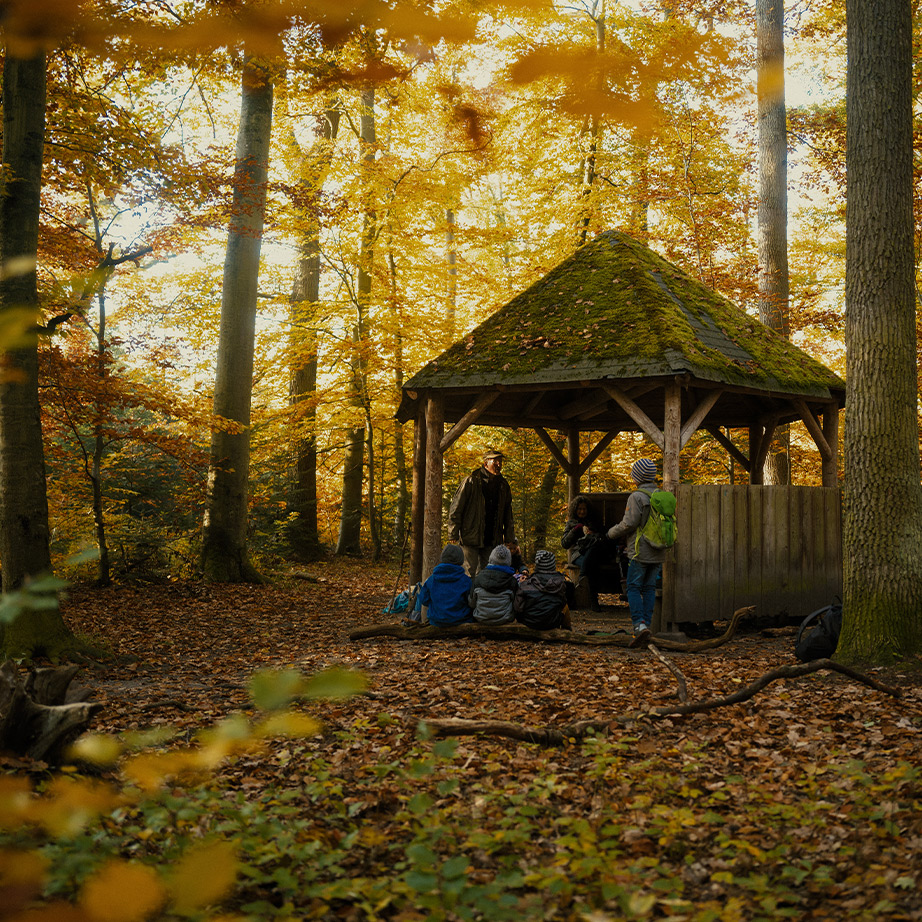
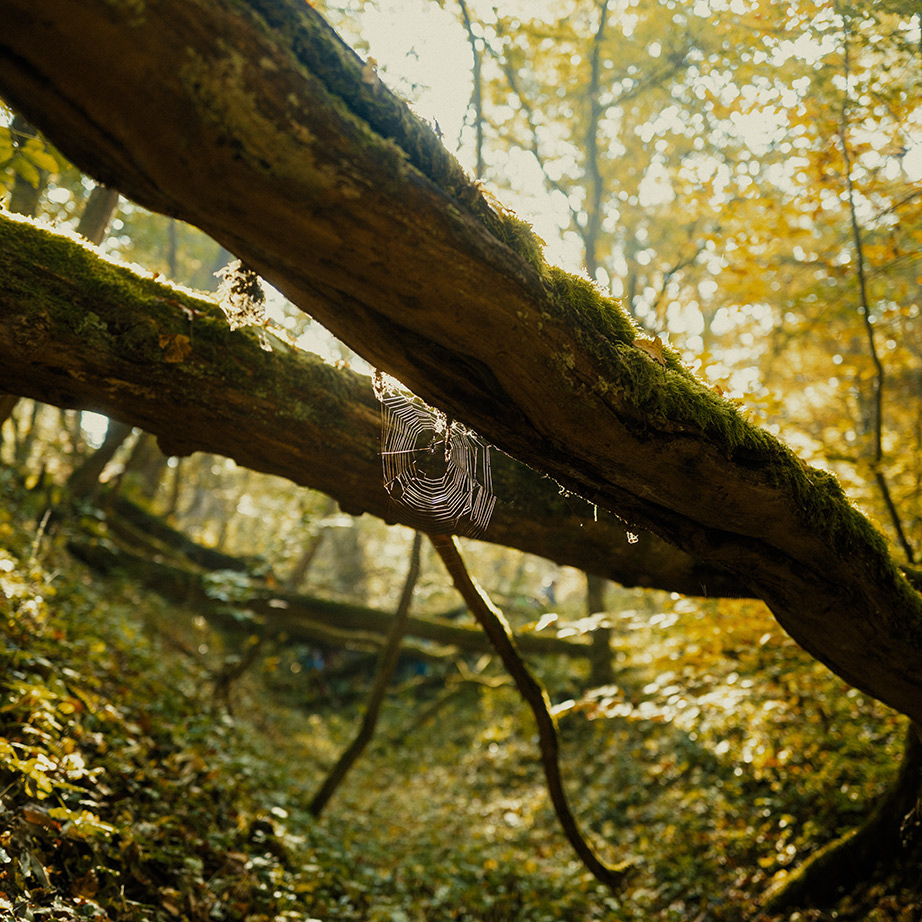
A school day in nature
What does teaching in nature look like? A typical outdoor day with Stefan Österle starts in the classroom with a look at the map so that the children can get their bearings and see where their school is and where they are going. Then they head off outside. “When the sun is shining, we try to figure out the direction and I show them the compass.” After that, the children get to find the paths they have previously determined in the classroom. This is how they learn to transform the map into reality. In the forest, each child is allowed to lead the class once and also leave the paved paths. “So we trudge through the undergrowth in single file and get to all kinds of places, some of which I myself haven't seen yet.” The children are encouraged to be very quiet, to listen, to consciously perceive the experience of being in the middle of nature. On the way, they get to know different plants, trees, birds and insects, sometimes see a rabbit, a deer or even a wild boar and so experience the diversity of nature.
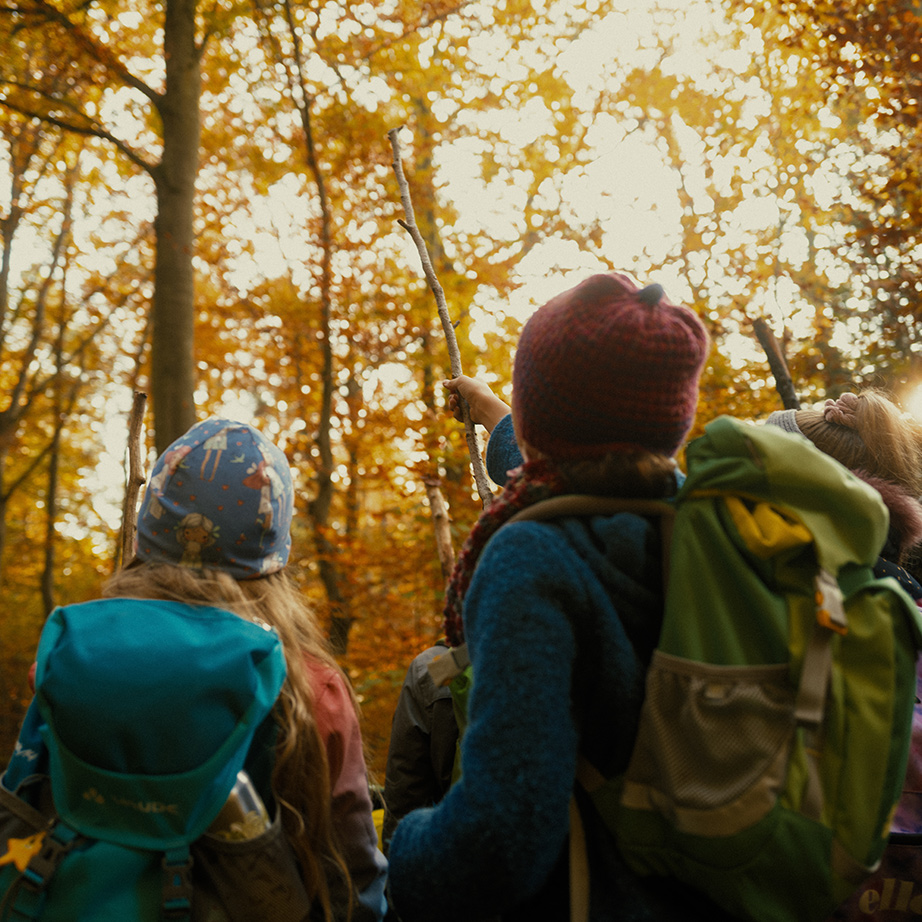
“At Fjällräven, this is what we love about this project. Our goal is to inspire more people to get outdoors. Because we believe that the more time people spend in nature, the more they will appreciate and love it, which will inspire them to take action for nature as well,” says Christiane Dolva, Global Sustainability Manager at Fjällräven. And the younger you start, the better!
Mathematics in the forest and learning for life
“From our point of view, regular school lessons outside the classroom or education in the outdoors has many advantages over lessons that only take place indoors,” says Österle. “The children learn to take responsibility, for themselves and others. You can allocate tasks, for example asking one to buy the tickets and the other to read the map and find the way.” The children and young people thus experience self-efficacy, become actors in events, act independently and learn from very tangible objects. This strengthens their awareness and their own ability to act. In a way they are given tools for life.
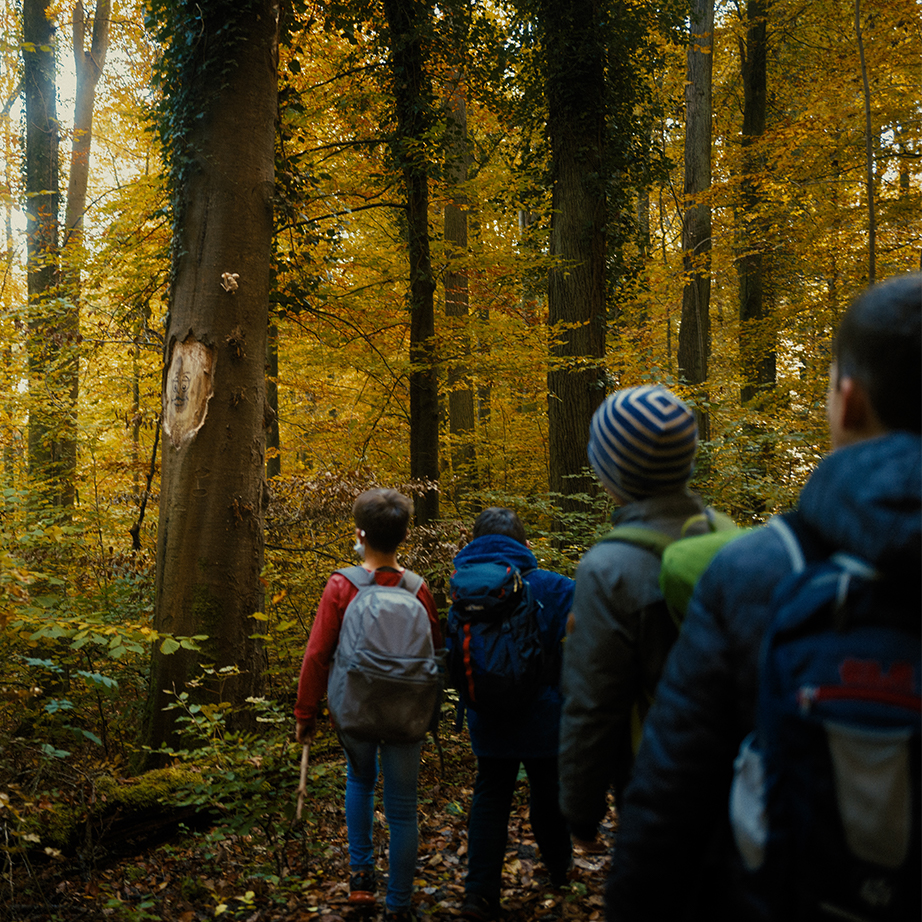
On every school hiking day, Stefan Österle has the class estimate the height of a tree, which they then determine together using the mathematical ray theorem. Here, many a boy or girl often realises: “Now I finally know what mathematics can be used for.” Because outdoor school is not only about orientation, movement and biodiversity; with a little creativity, even normal school subjects can be taught in a vivid way. That often sticks longer. “When learning content is linked to experiences, it is stored more deeply in the brain,” Österle adds. And of course, we all know how good it is to spend time in nature. School classes also benefit from this when they are out and about. Exercise in the fresh air, training in coordination, discovering the biodiversity on your own doorstep, working together in teams – this makes you happy. Teachers often report that the children are also much more balanced and attentive in the classroom after a day in nature.
Training multipliers
Many teachers, parents, headteachers and especially the children like the idea of teaching in nature. Unfortunately, as with many things, there is a lack of action. DWV wants to change that. An important step is to train multipliers who learn how to teach children in and with nature in advanced training courses. This year, thanks to the financial support of the Arctic Fox Initiative, six one-day training courses were held nationwide with 90 participants and 14 multipliers were subsequently trained.
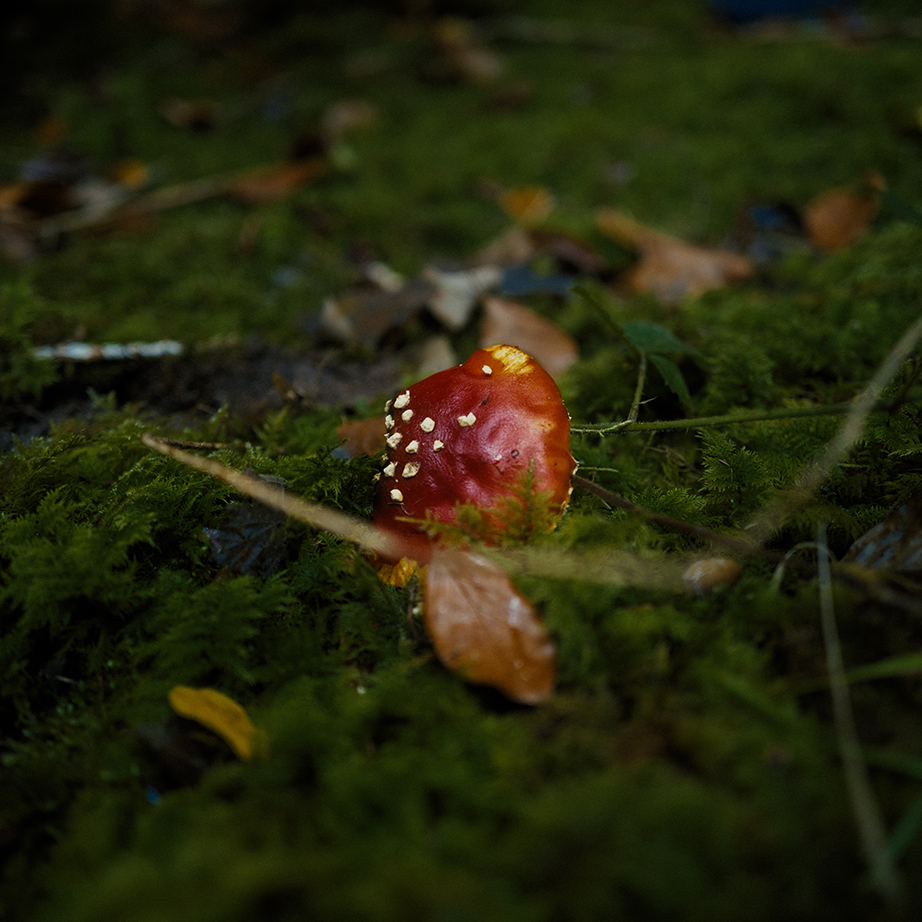
“The DWV has been lobbying for more holistic learning for many years and calls on politicians and ministries of education to open their minds and recognise the ‘outdoors’ as a perfect learning environment to complement the classroom,” says DWV Managing Director Ute Dicks.
The work that the DWV does with children and young adults fits perfectly with Fjällräven’s mission to inspire people to engage with nature. “We are delighted to support an organisation in its educational and project work to bring future generations closer to nature and to make the combination of education and outdoor activities possible for more children,” says Christiane Dolva.
The newly trained multipliers will take the concept to schools and ministries of culture as well as DWV members all over Germany. Because, thanks to the initiative of the DWV, and the support of the Arctic Fox Initiative, they have learned the concrete tools to help turn the idea into reality step by step.
Learn more about other projects we support with the Arctic Fox Initiative - here on our Foxtrail Blog.
Related Articles
Arctic Fox Initiative
